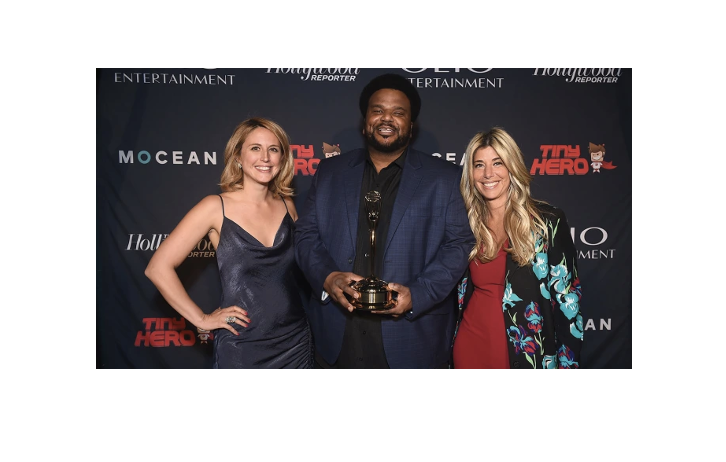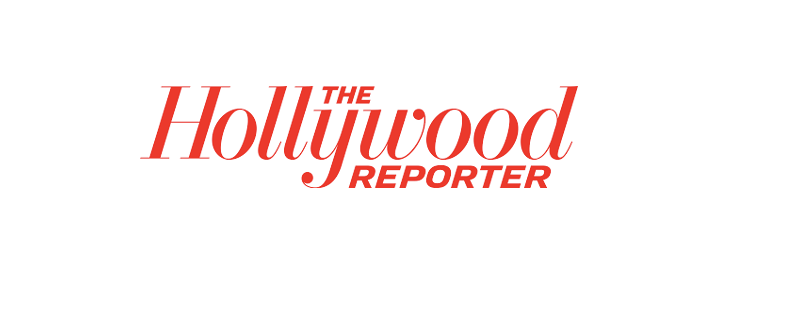First Published By: The Hollywood Reporter
Anybody who gets excited about Super Bowl commercials knows that a 30- to 60-second spot stands as its own storytelling work of art. And with some eagerly awaited movie trailers becoming their own form of news, those tantalizing previews can garner more eyeballs than the films they’re promoting.
The trailer for the upcoming Spider-Man: No Way Home, for example, drew 355 million views within 24 hours of its release, according to statista.com. And that level of anticipation isn’t just reserved for franchise properties with fanboy followings. ABC’s Good Morning America rolled out the first official trailer for Steven Spielberg’s long-awaited reimagining of West Side Story as a “world exclusive” in September, with all the urgency of a breaking “this just in” news development.
The people behind the Clio Entertainment Awards (an outgrowth of The Hollywood Reporter‘s Key Art Awards, now celebrating its 50th anniversary this year) recognize the unique place entertainment promotion holds in today’s multiplatform universe. “You don’t really find consumers seeking out advertising the way they do for entertainment marketing,” says Ashley Falls, executive director of Clio Entertainment.
The “of the year” candidates for agency, game publisher and TV/streaming include the usual suspects, while in the category for studio, such indie players as A24 and Lionsgate, as well as Netflix, stand cheek and jowl with traditional majors like Disney, Universal and Warners.
Falls considers the talents behind the marketing of movies, television and gaming as the “unsung heroes” of Hollywood, which is why the Clio event, which affords them a rare moment in the spotlight, is so enthusiastically embraced.
“I think this industry [has] one of the most excited group of executives that I’ve seen,” says Nicole Purcell, CEO of Clio Entertainment. “They sit there, they watch everything, they love it, they cheer for the people in their companies — it’s very, very engaged.”
Purcell, with the Clios since 2010, has seen the event grow to peak capacity (1,500 to 2,000) at the Dolby Theatre, the home of the Oscars. That’s a huge leap from the first ceremony in 1971, which was staged as a garden party at the L.A. home of then-THR publisher and editor Tichi Wilkerson when the competition focused solely on movie posters. The one-sheet for Dalton Trumbo’s Johnny Got His Gun claimed the top prize.
It has since changed venues frequently while the range of categories, or “mediums,” has grown exponentially with entertainment’s technological evolution, from the advent of home entertainment to today’s streaming era. Now there are more than 100 categories, with no limit on the number of finalists.
This year, there are 51 shortlist winners in the theatrical trailer category alone, which hints at the scope of field. There’s also an “experiential” category that was introduced in 2013. An example would be “Maisel Day,” for which Amazon partnered with 40 L.A. businesses in August 2019 to roll back prices to 1959, the period of The Marvelous Mrs. Maisel, to drum up support for the show’s 20 Emmy nominations that year.
After going dark in 2020 because of COVID-19 and with the pandemic still lingering, the Clio ceremony will be revived this year as more of a cocktail mixer at Sunset Room Hollywood, with 750 expected to attend.
In January, notes Falls, “we thought this was just going to be a virtual event. But then as things started opening back up, we wanted to have something that was in person, even though it wouldn’t be the normal thing. We just wanted to be together, but we wanted to make sure everyone felt comfortable in the space.”
In the buildup to the 50th anniversary celebration, Clio Entertainment planners compiled a list of 50 groundbreaking posters and trailers, each curated by five marketing luminaries in the industry, and posted them on the website Muse by Clio (musebycl.io). They also enlisted creative advertising agency The Refinery to produce a show-opening video. “We’re creating a love letter to the industry,” says Falls. “And so there will be different segments throughout the show that reflect on the rich history of entertainment marketing.”
In terms of the jury selections, the mantra is choosing and recognizing pros who work in the competition’s respective fields as well as the advertising agencies that service them.
“We really pride ourselves on our juries being made up of the industry’s best and brightest,” says Purcell. “We do change our juries every year to get a fresh perspective. But the people judging the work are actually the people who create it. I think that adds an additional value to the awards, because it’s the peers voting on it, much like the Academy.” The criteria for their decisions hinge on creativity, originality, innovation and the ability to inspire.
And with social media bringing more attention, and scrutiny, to their efforts — Falls noted Sonic the Hedgehog fans were unhappy with CGI effects seen in the trailer, leading to changes — the marketing world is as much under the microscope as the content it helps prop up. “I think there’s so much more attention being drawn to the creation of these properties that people feel a true connection with and want to see every aspect of it,” says Falls, “and it makes the marketing for these properties so much more exciting.
“But also, you have to erase the board each time a new property rolls out. And the studios, streamers, network are all trying to figure out what the next big thing in the industry will be.”
***
50 YEARS OF KEY ART/CLIO ENTERTAINMENT AWARDS
1971
The first Key Art Awards, founded by THR editor-publisher Tichi Wilkerson, is held as a garden party at her home; that would continue for the next four years. The big winner is the poster for Johnny Got His Gun, the antiwar film written and directed by Dalton Trumbo. The jury is made up of art academics, museum curators, film critics and THR staff.
1977
The ceremony, still primarily focused on print art, expands in scope, moving to the Museum of Science and Industry. Finalists are displayed at the museum and in venues like the Museum of Contemporary Art in La Jolla and the ShoWest exhibitors convention.
1986
The category for trailers is added and won by The Jewel of the Nile. Other categories introduced include standees and billboards.
1989
Judges include legendary graphic designer Saul Bass, whose posters and title designs included those for Otto Preminger’s Anatomy of a Murder and Alfred Hitchcock’s Vertigo. An advisory board is formed to promote the awards as advertising’s answer to the Academy Awards.
1990
The ceremony moves to DGA headquarters on Sunset Boulevard, where it continues to reside for the next few years.
1991
A Lifetime Achievement Award is introduced. Its first recipient? Saul Bass. Although categories begin to reflect a wider landscape of promotional platforms, including commercials and home video, posters are still the evening’s main draw.
1992
With Tony Curtis hosting, winners include the free-standing lobby card for The Addams Family, while Batman Returns and Beauty and the Beasttie for English-language poster honors. The Lifetime Achievement honoree is Robert Peak, who created the posters for Camelot, My Fair Lady and Reds.
1999
An internet promotion category is added and is won by The Mask of Zorro.
2002
A student competition is added to the mix, with the intent of spotlighting the next generation of talent.
2004
The ceremony moves to the Kodak Theatre in Hollywood (later renamed the Dolby Theatre), home of the Oscars.
2007
A Visionary Award, given to filmmakers whose work inspires movie marketers, is added. Robert Rodriguez, whose Sin City was the big winner the previous year, is the inaugural recipient. The ceremony is held at the Beverly Hilton and hosted by Rob Corddry.
2008
The event takes place at the Hyatt Regency Century Plaza, and Judd Apatow takes home the Visionary Award. An award is introduced for best campaign, given to the studio or distributor that implements the most successful marketing strategy; Miramax wins for No Country for Old Men.
2010
The event moves downtown to Vibiana, a former Roman Catholic cathedral that was converted to a party space. A new overall award for integrated marketing goes to District 9.
2014
The Key Art Awards are taken over by the Clios (and renamed the Clio Entertainment Awards in 2017) and return to the Dolby, where Nick Offerman hosts and Drew Struzan (E.T., Indiana Jones, Star Wars), winner of the honorary Saul Bass Award for graphic design, gets the night’s biggest applause.
2020
The Clios go dark due to COVID-19.
2021
The ceremony returns in a more modest incarnation at the Sunset Room. Voiceover artist Tom Kane, the voice of Star Wars characters and an Oscar announcer, will receive an honorary Clio Entertainment Award.




